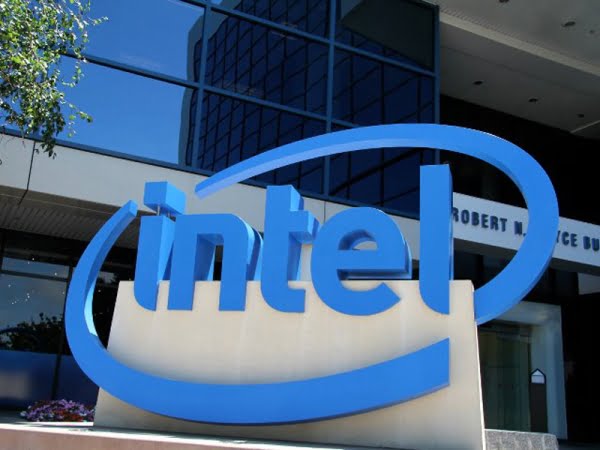

PC systems built on the Intel 6th generation CPU aka Skylake that use Windows 7 or Windows 8.1 should upgrade to Windows 10 in the following 18 months, according to Microsoft.
The Redmond-based company states that non-Skylake machines that run on Windows 7 will get full range of security and compatibility fixes until Jan. 14, 2020, while Windows 8.1 systems will be up to date until Jan. 10, 2023.
Microsoft underlines that, for optimal performance, systems sporting the latest hardware need to have the latest generation operating system.
Windows 10 will play nice with the next-gen processors from giant manufacturers Intel and AMD, meaning that both the Qualcomm 8996 “Kaby Lake” and the “Bristol Ridge” accelerated processing unit (APU) will get most out of the latest Microsoft-developed OS.
In the past, Windows 10 was criticized for its politics of forcing updates, some of which led to bugs and system instability. The company also deployed a relentless campaign urging users of Windows 7 and Windows 8 to adopt Windows 10, free of charge.
PC World received a list of electronics that sport the Skylake processors and that will still get regular updates for Windows 7 and Windows 8.1 in the following 18 months. In no particular order, they are: Lenovo ThinkPad P70, Lenovo ThinkPad X1 Carbon, Lenovo ThinkPad T460s, HP EliteBook 1040 G3, HP EliteBook Folio, Dell XPS 13, Dell Latitude 13 7000 Ultrabook and Dell Latitude 12.
Microsoft said that its engineers will test the systems beforehand, making sure that the compatibility with the older OSs does not hinder the new hardware’s performance.
But where do these concerns stem from?
It is because novel technologies, such as Skylake, depart from the behavior of older CPUs. To exemplify, Skylake utilizes power in an autonomous fashion, thus letting the chip react quicker than the operating system can. Experts in the field affirm that merging the last-gen CPUs with dated software is both resource-consuming and complicated.
The USB Type-C presents a similar challenge, as it is too new for Windows 7 to tap into it.
Ars Technica talked to Terry Myerson, executive VP of Windows and Devices Group, about the changes.
Myerson states that the main reason for the new update schedule is the preservation of quality. Making sure that Skylake receives the best quality support for Windows 7 and Windows 8.1 meant a “large investment” for the company.
Microsoft assumes a role of quality control for systems that work primarily on Windows, even if some of the user experience depends directly on third-party contributions. The company is convinced that binding the latest silicon releases with the newest operating system will reduce the complexity of the PC ecosystem, thus enforcing high quality standards.
“Compared to Windows 7 PC’s, Skylake when combined with Windows 10, enables up to 30x better graphics and 3x the battery life,” Microsoft points out.
It seems like a good strategy for the Redmond-based company, but enterprise customers might have a hard time adjusting to it. Some organizations made a standard out of older variants of Windows, as it allowed them to use “downgrade rights” to their own benefit. What this means is that firms were able to keep using an old version of Windows, even after upgrading their hardware systems.
Microsoft will probably keep the downgrade rights, but there are little guarantees that older Windows versions would function properly on the latest hardware.
Bristol Ridge from AMD is scheduled for the first half of 2016, while Kaby Lake from Intel will arrive a bit later, but before 2017. Both CPUs will feature Windows 10 compatibility out of the box.
Microsoft’s statement does not address the situation of its Windows-running server stations. This could lead to some dissatisfaction in the enterprise user base. Let’s say the Skylake generation Xeon E3-1275 v5 continues to receive Windows 8.1-equivalent Windows Server 2012 R2 support after July 2017. Then, Microsoft’s clients have a strong reason to question why desktop systems get a different treatment.
On the other hand, if the servers’ CPUs will get zero support for older Windows versions, data center enterprises might be forced into upgrading to Windows 10, Windows Server 2016 right away.
It should be noted that the server customized OS did not launch yet.
[“source-gadgets.ndtv”]

